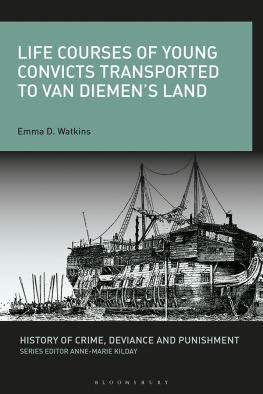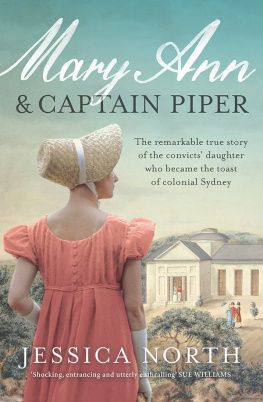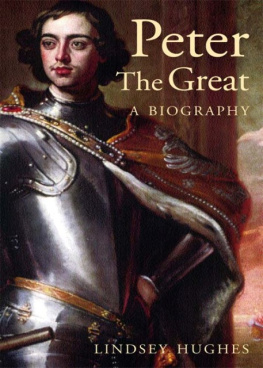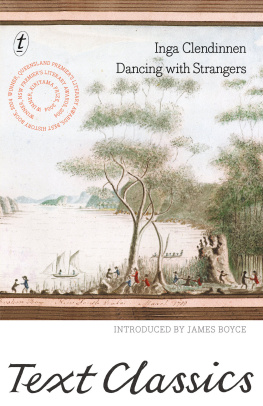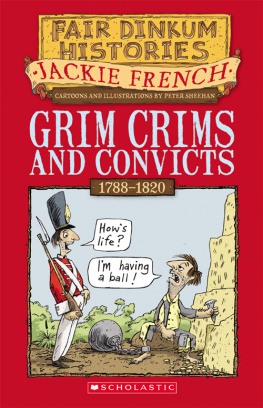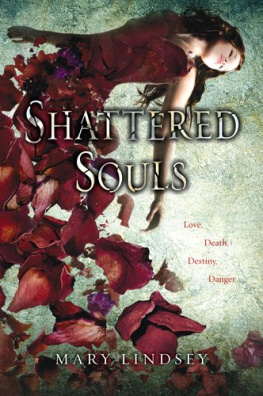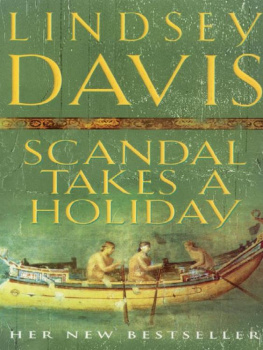This book began as a PhD in 2007 and has benefitted from many crucial conversations as well as numerous acts of generosity. I must start by acknowledging the Writers Centre at the University of Melbourne. They had the good sense to pair me with a mentor, and I found in Jennifer Kloester a rare and wonderful spirit who genuinely champions others. Jens honesty and sheer life force have been crucial throughout the process of writing this book. In 2015 I was awarded a Hawke Fellowship from the Hawke Research Institute (HRI) at the University of South Australia. I truly appreciate the support of Anthony Elliott, Denise Meredyth and my colleagues at HRI. Those employed within archival institutions deserve due acknowledgement for all they do to preserve the sources with which we tell our stories. I am indebted to the NSW State Records, the Mitchell Library, the National Archives in Ireland and the British Library. A special thanks to Angus Trumble from the National Portrait Gallery for his prompt and personal assistance.
I am grateful to David Goodman and Joy Damousi, who supervised my PhD and taught me much about rigorous research. My fascination with colonial history began during my Masters and I thank my supervisors, Kate Darian-Smith and Michael Cathcart, for their past encouragement and ongoing friendship. I was extremely fortunate to have Alan Mayne as my Head of School when I was first employed at the University of South Australia. I treasure the friendship I share with him and his wonderful wife, Jude King. I have also had the good fortune to be mentored by Jo Cys and to enjoy the hearty collegiality of both Rosie Roberts and Stephen Atkinson.
In 2012 I had a conversation with Penny Russell that proved crucial to the way I conceived this book. Pennys scholarship and exquisite prose is matched only by her professional generosity. Many other academics were also generous with their ideas and research. Peter Cochranes impressive 2006 Colonial Ambition has been close at hand for much of the last ten years. Jonathan Richards and I share a fascination for New Caledonia and his genial generosity was greatly appreciated. Likewise Cameron White shared his excellent unpublished article about the Sydney Ducks in San Francisco and in so doing demonstrated a degree of trust that deserves acknowledgement. The architectural historian Miles Lewis provided me with insights about Georgian architecture in Sydney while Babette Smith shared her experience with me at a crucial crossroad.
Family stories often only survive thanks to those who keep them alive. These are the people who hunt down records, restore old photographs and maintain contact with distant relatives. Annette Miller plays a crucial role in preserving the history of the Kinchela family and I am indebted to her for the time and resources she shared with me, including the portrait of John Kinchela, which has never been published before. Victor Miller was the first to track me down and he has maintained affable and informative contact with me throughout. He also introduced me to Alicen Miller who gave permission to publish the portrait of Anne Bourne. In my own family, Pat Cameron did some extensive early digging which got me off to a healthy start with the Gills.
For a book to be published you need a pitch and a publisher. Jen Kloester, Sybil Nolan and Emma Balazs offered considered feedback on my early pitches. Throughout the writing process I have enjoyed long skype conversations with Emma which have been vital to sustaining my spirit. My publisher at Allen & Unwin, Elizabeth Weiss, combines consummate professionalism with common sense. I appreciate her initial faith in me and the way she allowed the project to evolve. Angela Handley has been responsible for guiding the book to publication and has done so with good grace and creative flair. There have been a number of friends who have read drafts and offered advice. Emily Harms, also known as Gwennie, has a superb eye for detail and her comments ignited many creative sparks. Alecia Simmonds shared her sharp intellect and greatly appreciated enthusiasm just when it was most needed.
I underwent a period of profound personal change during the decade that I worked on this book. I was able to rise, phoenix-like from the ashes, because of the love and support I received. I would like to thank Bob Slater for the first glimmer of hope. Aviva Kipen and Philip Kreveld for a safe place to land, Karen Soo, Jane Freemantle, Jenny Holmes, Hartley Mitchell and Naomi Lawrence for their wisdom and insight. It was, however, Katrina Carling and her family, who endowed me with a new sense of possibility. I am particularly indebted to Katrina for her character and courage and, of course, that fantastic laugh.
My brother Tim has been a true travelling companion, offering practical support, as well as lots of laughs along the way. As I wrestled with questions of grammar and sought urgent answers to obscure questions my father was also a constant and loving presence. Then there is my darling Brye, from whom I have learnt so much about unconditional love. Thank you for our deep happiness. And finally, there is my mother, to whom this book is dedicated. My dear friend, you have been there from the beginning, always believing, always curious, always learning. Mary Anns story has given us both a world of conversations and a lifetime of memories and this book is, therefore, as much yours as it is mine.
... a space, a window through which
the reader has the capacity to wonder,
to imagine and discover the past for
themselves.
Mark McKenna, Writing the Past, 2005
This is a book of thresholds, of windows and open spaces through which the reader is free to wander and imagine and perhaps even discover the past for yourself. When I began writing I felt as if I too was slipping, furtively, out a window in pursuit of my own adventure. I wanted to write Mary Anns story in a way that made it as exciting as fictionthat revealed how precarious life was for colonial Australians, that there were eccentrics and opportunists as well as ordinary flesh and blood people who were surprisingly similar to those in the novels of Charles Dickens, William Makepeace Thackeray and Elizabeth Gaskell.
I have had plenty of time to wonder and imagine myself, for I began researching this book in 2007. I became increasingly inquisitive about why Mary Ann and James Butler, Martin and Margaret behaved as they did. The more I explored this question the more I found the answers in the particularities of their world. These people were creatures of their time. They thought and acted as they did because of the circumstances they found themselves in and the resourcesmental and actualthey had to respond to obstacles and opportunities. As I learnt more about these people I realised that I would need to become intimately acquainted with their everyday life if I was to gain any sense of how they thought and felt. From the beginning then, I have striven to recreate the sounds and smells, textures and tastes of their time, believing that this exterior world would provide a pathway into the interior world of these ordinary colonial subjects.
In so doing I have, like Mary Ann, flouted certain conventions. Mine are concerned with unsettling the role of objectivity and imagination in historical writing, rather than defying the existing mores associated with marriage. I did this because the story has demanded it. It is after all, a romantic tale of sense and sensibility in which feelings are integral. It is also a womans history and as such it serves as a foil to the various histories of this period that are concerned with the development of Australias distinctive brand of democracy. If, for example, Peter Cochranes impressive 584-page Colonial Ambition dedicates one sentence to Miss Gills abductor, The Convicts Daughter is concerned with this domestic drama and uses the political agitation of the 1840s as a backdrop.
Next page


